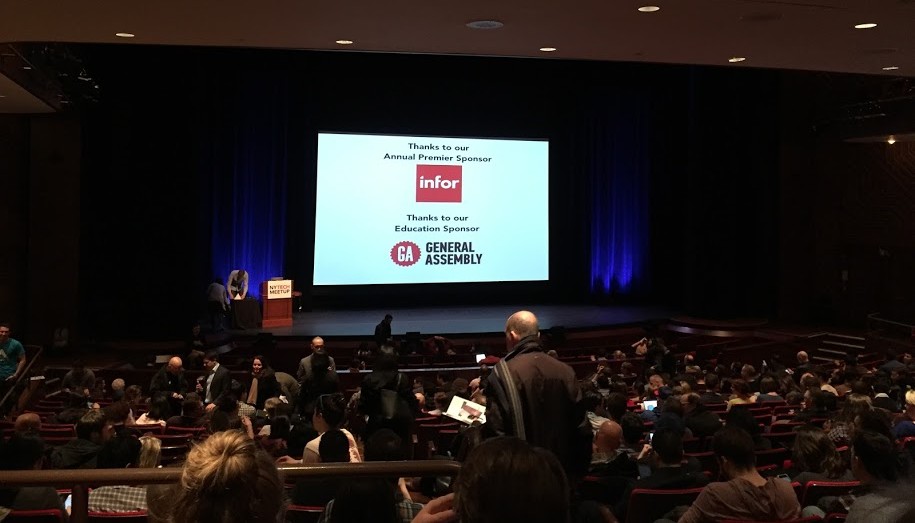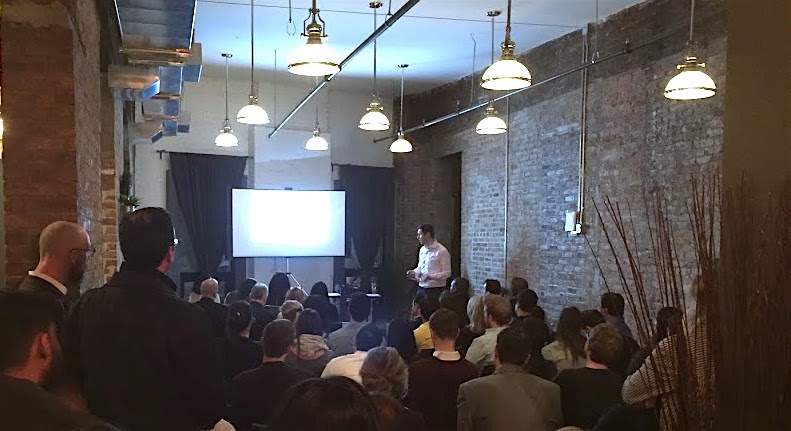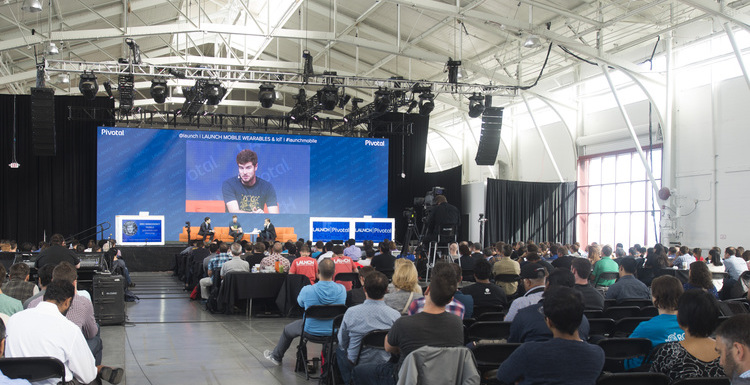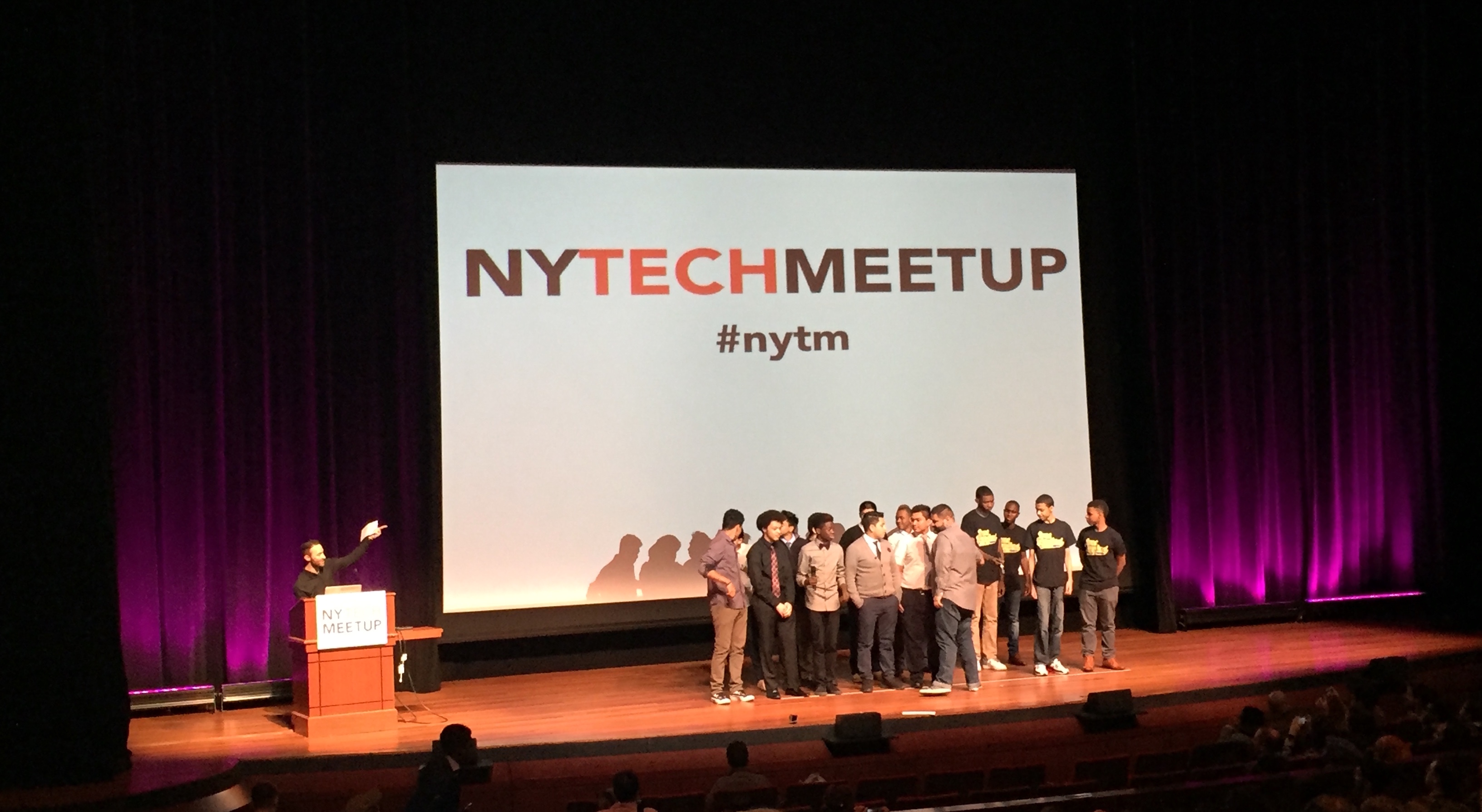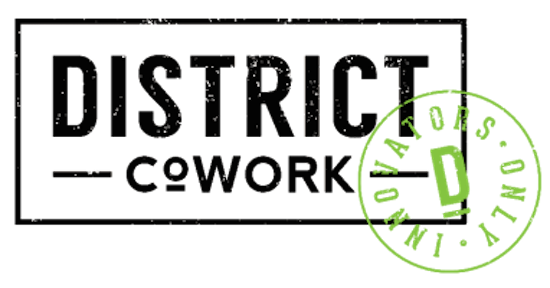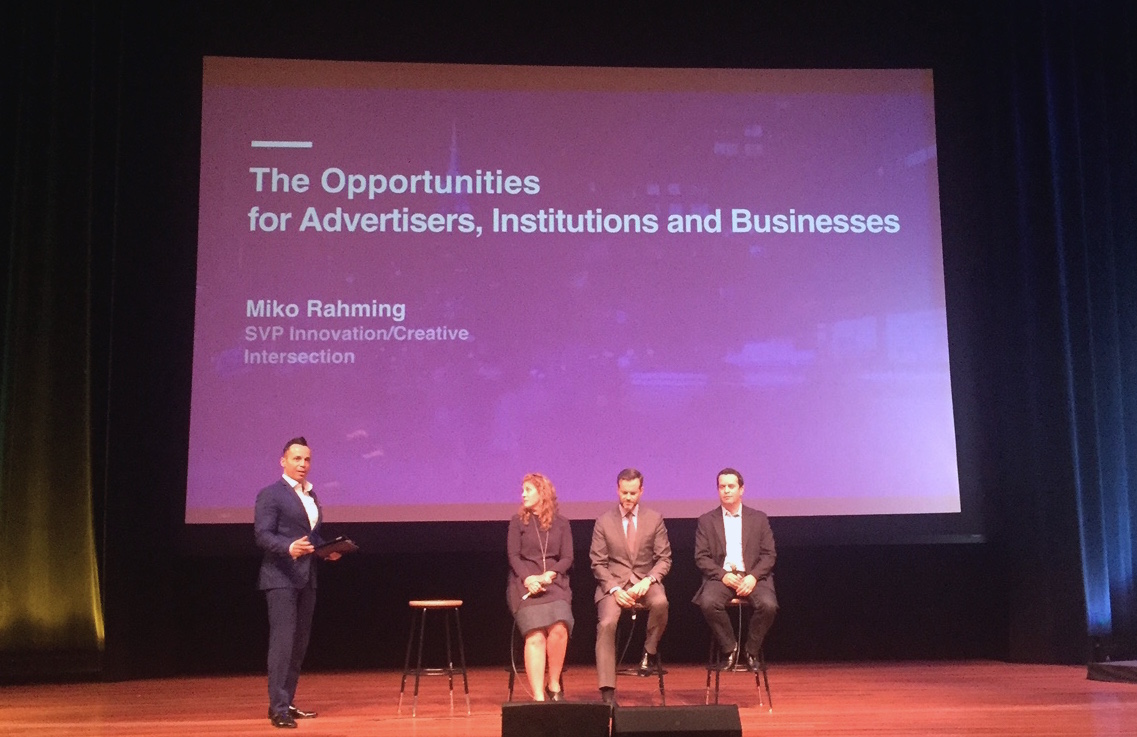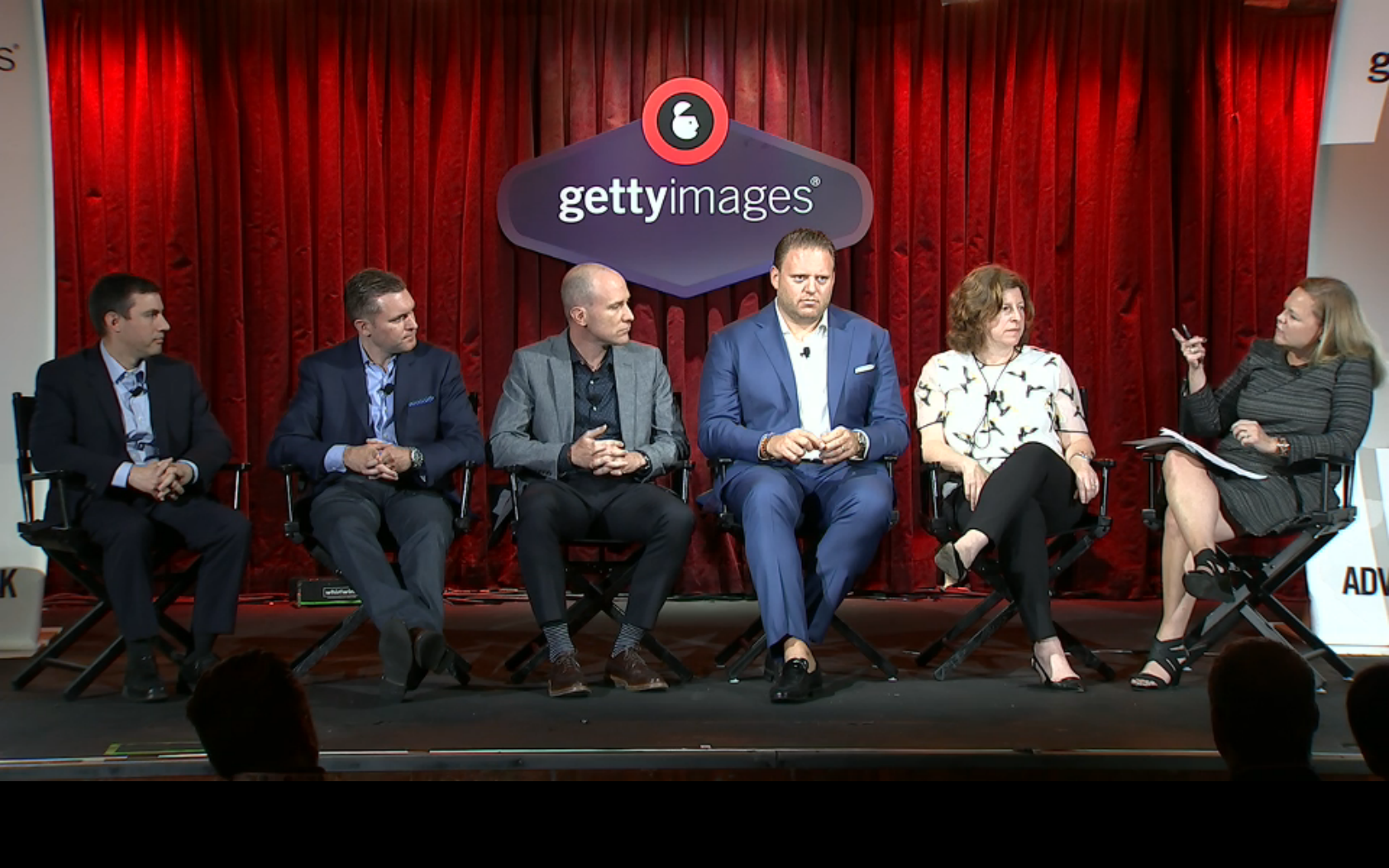Every year, the Lab team takes a trip down south to attend the South By Southwest festival (SXSW) in Austin, TX. And this year was no different. Over the course of SXSW Interactive last week, we met up with a number of new partners and startups to learn about some of the cutting-edge marketing solutions they have to offer and uncovered some of the emerging market trends they represent. Here are the main themes.
VR Distribution And Analytics
With the increasing availability of consumer-facing VR headsets, brands and publishers are beginning to think through their VR distribution strategy. The two main strategies are partnering with 3rd-party distributors such as Facebook, Littlstar, or YouTube, or building their own VR player and launching it across the VR devices. While brands won’t see immediate ROI from VR content today, brands will want to know how their VR content is performing. A partner we scouted will begin to work with brands and VR producers to allow them to acquire, aggregate, and analyze audience behavior within 360 videos or VR games.
One partner we met with during SXSW enables brands, publishers, and content creators to easily create and share true VR content across most existing VR devices through their app. Another partner is offering brands a white-label solution to deliver an immersive experience to fans and allowing access to events and festivals all over the world through VR.
Brands Find Their Voice at SXSW
As discussed in our Outlook 2016, conversational interfaces are are powering new applications and devices in the home, car, and in messaging apps. Along with the major tech companies, there are many startups building this future. We met with two companies at SXSW who are building AI personas that communicate with users in messaging apps. These apps use emotional elements layered into automated replies making users feel more comfortable engaging with virtual characters and are therefore more receptive to the AI’s suggestions, including product recommendations. Brands own all the data captured from these interactions, which can mine them for deeper insights.
Another partner we met with creates AI-powered virtual reality avatars that interact with viewers via voice. These characters remember users across sessions and devices so the user can build relationships with users over time, adding a hook that will keep users coming back and extend session times.
Mobile Social Video Messaging
Over the years, SXSW has been a launchpad for social media startups such as Twitter and Foursquare. Last year Meerkat was the breakout app of SXSW, but besides that we began to see the transition from social media to social messaging, and that trend continues this year.
The social messaging partners we met at SXSW focused on communication, content creation, and shareability. The first partner we met with created a video messaging app that delivers one-to-one or one-to-many video messages, even in low bandwidth situations. Another partner we met with is one of the fastest growing video editing apps in SE Asia and is beginning to work with select US brands. They are looking to leverage their face-tracking engine to create animated stickers to be shared on messaging apps. The last partner we met with is a social video content and delivery app that enables users to record, watch, and share videos instantly with friends and other people in the same proximity without Wi-Fi or cellular service.
Passive and Active Audience Data Collection
Brands spend millions of dollars to collect audience data to inform brand messaging and strategy. A number of companies at SXSW provide solutions to acquiring audience insights, with approaches varying from passive to active.
We met with a number of tech partners whose passive approach allows brands to collect honest, actionable insights through automated conversations at scale in messaging apps that users have chosen to participate in. Using artificially intelligent characters that use natural language, this setup creates an environment in which users are more willing to share free-form answers to open-ended questions than they would in a formulaic questionnaire.
Other companies are employing a more active approach to data collection. One company, for example, prompts users to answer a short question in exchange for access to exclusive content. The questions are pre-approved and designed by brand clients to generate useful insights. Another company captures all the social activity that occurs within a geo-fenced area and identifies power users and influencers, leveraging this information to help clients’ social teams engage on a personal level in real time.
Keep Innovation Weird
“Keep Austin Weird” is a common phrase heard around SXSW. Not only is the city itself a bit peculiar, but there are a number of companies in attendance that are taking very outside-the-box approaches to tech and innovation.
One company, for example, is turning the fruit garnishes that decorate your food and drinks into ad space. Using FDA-approved, natural-light carbon lasers, they brand the skin of lemons, limes, and oranges with logos or messaging. The company has partnered with Sysco to increase their distribution, creating the first and only produce ad network to provide bars and restaurants with free fruit, paid for by ad dollars. Another company we met with is building a gesture and movement database with training, recovery, and healthcare implications. Their SDK allows developers to recognize and track human movements to generate more precise biometric data. These metrics enable brands to connect biometrics with real activity in order to trigger rewards or personalize messaging.
To learn more about the partners we met at this year’s SXSW and find out how their marketing solutions can serve your brand, please contact our Engagement Director Samantha Holland ([email protected]).

